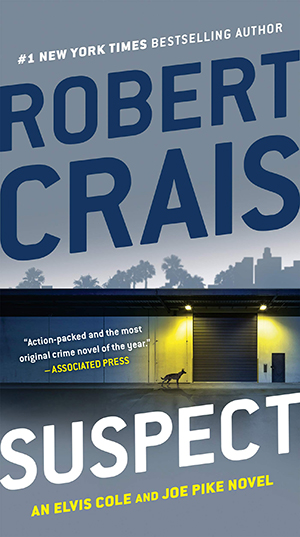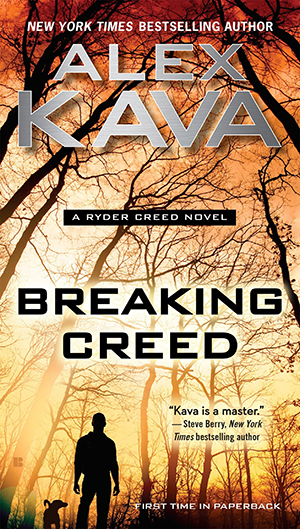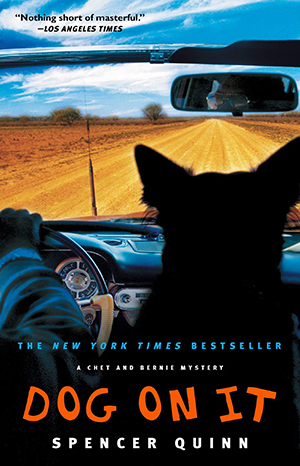How many times a week do you put your life in the hands of a cook you don’t know at all? Perhaps too often to count, in our restaurant-obsessed culture. The idea of a malevolent cook hidden down in the depths of the kitchen has always struck me as a frightening one.
As Grace, one of the narrators of A Taste for Nightshade, says: “Do you honestly know whose fingers touched your food? Do you give a moment’s attention to the mind that devised its method and ingredients?”
Grace’s adversary is a sinister cook who arrived in my head when my husband and I lived for nearly two years in New Zealand. When the Christchurch earthquake struck in 2011, my son Chris and his partner were working in the city and, though shocked and homeless, were thankfully unharmed. After a few frantic months, my husband and I joined them by way of a house-swap in a tiny town on the remote East Cape. By then I had news from my agent that my debut novel, An Appetite for Violets, was to be published, and she needed an idea for a second book. In my debut, I had written about a feisty, recipe-mad cook caught up in a murderous journey across 18th-century Europe. My research had led me to cross Europe, peruse recipe archives and cook historic food in archaic kitchens. Now I stared out across the wild Pacific and wondered what to write next.
I grew curious about what life must have been like on that isolated shore a few hundred years ago. Out across the Tasman Sea, the year 1788 had witnessed a remarkable experiment: the transplantation of Britons into the upside-down seasons and harsh emptiness of what we now call Australia. To clear overcrowded British prisons, 11 ships had sailed to Sydney Cove, carrying more than 1,000 convicts, marines and seamen. I was especially intrigued by Mary Broad, a Cornishwoman who escaped from Sydney’s prison colony by boat and eventually returned to England.
But what if a storm had sent the escapees’ boat straight to where I stood in New Zealand? My -adopted town had been settled by Maori, a warrior-like people with rich mythologies and customs. Early contacts between Maori and European visitors had varied from friendly trading to violent attacks by both sides. A small number of European women were captured by Maori, and these harrowing accounts of lives forever changed were another influence on A Taste for Nightshade.
Returning to England as a confidence trickster known as “Peg,” my devious cook whips up puddings, trifles and cakes for the sweetest of sweet tooths, but she secretly compiles remedies and aphrodisiacs to unleash a campaign of revenge. Wanting each chapter to be headed by an authentic recipe, I searched the archives until realization dawned that these would not have been written down. Instead I found remedies such as soporific Poppy Drops, with their hint of arcane knowledge, and Twilight Sleep, narcotic herbs once used by women in childbirth. On my travels I also sampled Maori dishes cooked in a hot-stone hangi pit, grubs, sea snails, crocodile and kangaroo. Though never quite poisoned, my over-enthusiasm for sea-fresh fish soon made me sick from some unknown toxin that no doubt lurked in crustacean shells.
Nevertheless, most of A Taste for Nightshade is set in my homeland setting of the Yorkshire moors, the shops and assemblies of York and London’s Golden Square. Like many migrants I felt like two people: the new adaptor trying to learn and cope, and the old self haunted by thoughts of “home” far across the globe. Reflecting this split, I wrote alternate chapters in the voices of my two main characters and developed sympathies for both women. By the end of the novel, I struggled over who should prevail: sensitive but privileged Grace, or Peg, the eternal underdog trying to claw out a decent life by means of her wits.
In 2014 we were happy to return to England for the launch of An Appetite for Violets. When I started writing culinary mysteries, I had learned Georgian cookery with renowned food historian Ivan Day and was keen to return to his Cumbrian farm to learn advanced sugarwork. I have also tried historic re-enactment to familiarize myself with a tinderbox, write with a quill, pluck poultry and cook on a fire. Not all of my cookery has worked out—however long I boiled wheat frumenty, it was always as hard as pebbles!
Now I have become fascinated by tiny sugar ornaments, such as a doll-sized bed to be placed on a bride-cake and a tiny cradle and swaddled baby. Just as we might treasure the cake topper from a wedding or christening cake, these were powerfully symbolic foods, beautiful but also fragile, lifeless and ultimately edible.
I still love the poetry of historic recipes, but this time I wanted to tell a different, darker truth—about quackery, seduction and taboo foods, and the extraordinary trust we reveal when we eat food made by a stranger’s hand.
Martine Bailey combines 18th-century recipes, clever mystery and thrilling historical detail in A Taste for Nightshade. After young criminal Mary Jebb is condemned to seven years of transportation to Australia, she vows to seek revenge on Michael Croxon, the man who sent her there. When Mary returns to England, she is hired as a cook by Michael’s naïve wife, Grace, which sets into motion an entertaining game of double-dealings and fraud. Bailey lives in Cheshire, England.
This article was originally published in the January 2016 issue of BookPage. Download the entire issue for the Kindle or Nook.










 The Joy of Cooking by Irma S. Rombauer
The Joy of Cooking by Irma S. Rombauer Sauces: Classical and Contemporary Sauce Making by James Peterson
Sauces: Classical and Contemporary Sauce Making by James Peterson The Classic Pasta Cookbook by Giuliano Hazan
The Classic Pasta Cookbook by Giuliano Hazan Madhur Jaffrey’s Indian Cooking by Madhur Jaffrey
Madhur Jaffrey’s Indian Cooking by Madhur Jaffrey

























